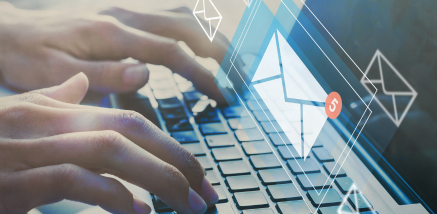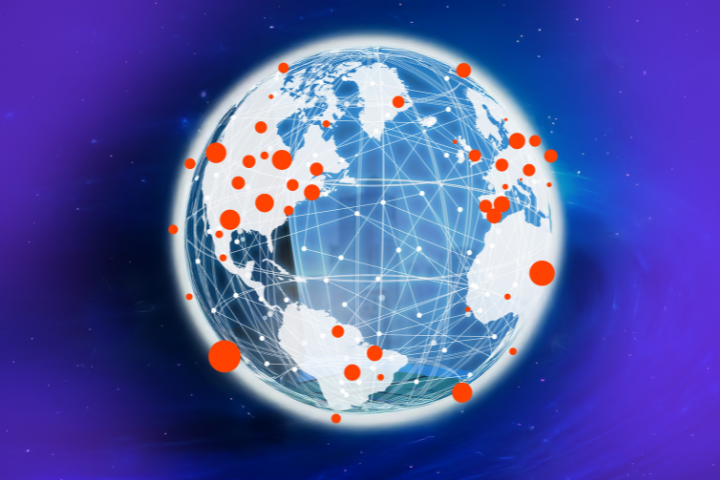
The contemporary workplace has experienced a significant shift, with remote working, hybrid arrangements, and digital-first strategies becoming commonplace, where as we entered the decade think they were exceptional. Despite this evolution, many businesses continue to rely on outdated and inefficient traditional mailroom practises. While manually sorting letter entering a business might seem innocuous, it can subtly impede productivity, inflate expenses, and dull your competitive edge.
One key issue is the considerable expense associated with paper and its storage. The costs of printing, storing, and physically handling documents accumulate rapidly, encompassing the price of the paper itself, ink, printers, storage space, and the labour involved in filing and retrieval. Beyond the financial implications, there is also the environmental impact, an increasing cause for concern for more and more businesses. Furthermore, productivity can be hampered, and access to documents delayed. The time it takes for a crucial document to move from the mailroom to the appropriate individual's desk can be substantial, potentially taking hours or in a worst case scenario days. Such delays impede decision-making, disrupt workflows, and disrupt the working relationship among employees, particularly those working remotely who require immediate access to information.
Security and compliance also present challenges. Paper documents are susceptible to loss, misplacement, and unauthorised access, creating considerable risks. Maintaining an audit trail for paper-based processes is notably difficult, complicating efforts to track document history and ensure regulatory compliance. The traditional mailroom setup is inherently at odds with remote working practices. The accessibility of physical documents for remote employees presents a challenge, as relying on ad-hoc scanning and emailing proves inefficient, insecure, and difficult to manage on a larger scale. This disparity creates obstacles, hinders collaboration, and disadvantages remote team members.
Moreover, traditional mailrooms typically operate manually, with limited automation, tracking, or visibility into the mail flow. This lack of data impedes the ability to identify inefficiencies, measure productivity, or optimise processes.
However, there is a solution. Digitising the mailroom can transform this outdated workflow into a modern, efficient, and secure operation. Solutions such as the Quadient Mailroom Bundle provide a comprehensive approach to streamlining mail processing.
The benefits of a digital mailroom include reduced costs through minimised paper consumption, printing expenses, and storage requirements. Labour can be applied more effectively by freeing up staff from manual mailroom tasks. Productivity is enhanced by enabling instant access to documents from any location, improving workflow efficiency and expediting decision-making. Security and compliance are strengthened through the secure electronic storage and management of documents, incorporating access controls, audit trails, and versioning to ensure compliance and mitigate risk. Remote working is facilitated by providing employees with seamless access to all incoming mail, fostering collaboration and ensuring access to necessary information. Finally, automation and visibility are improved by automating mail sorting, distribution, and archiving, and by gaining real-time insight into mail flow and document status.
Quadient's Mailroom Bundle is designed to address the challenges of traditional mailrooms and empower businesses to thrive in the new modern work space. The bundle includes the consolidation of all incoming mail, both paper and digital, into a secure hub, along with intelligent sorting and classification to automate the distribution of mail to the correct recipients. It also provides access to a fully hosted FileStore and MailManager web-based application, enabling access to documents from any device, at any time, on the same day. Keyed index fields, including document type, recipient, and department, facilitate efficient document retrieval. Physical document retention, including secure destruction for compliance purposes, and email inbox notifications are also part of the bundle.
In conclusion, the traditional mailroom can no longer be a hindrance in today's digital and fast-moving environment. Digitising the mailroom is not merely an upgrade but a strategic necessity and a robust solution is needed to assist businesses in transforming their mail processes and maximising the potential of their modern workplace.
Find out more about Digitising your mailroom now - Quadient Mailroom







